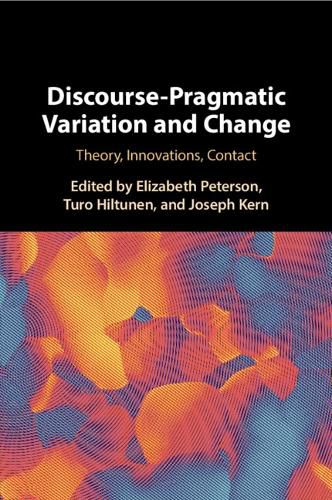Readings Newsletter
Become a Readings Member to make your shopping experience even easier.
Sign in or sign up for free!
You’re not far away from qualifying for FREE standard shipping within Australia
You’ve qualified for FREE standard shipping within Australia
The cart is loading…






Discourse-pragmatic markers are central to everyday language, yet many aspects of their use and functions remain elusive or under-investigated. Bringing together a global team of leading scholars, this volume presents a representative showcase of work currently being conducted in the field of discourse-pragmatic variation and change, including investigations of features such as uh/um, please, sentence-final is all, and discourse-pragmatic features from a number of languages. The book emphasizes that not only have researchers answered the call to address complex issues such as cross-linguistic reliability, extending research across languages, and expanding and improving on methods and analysis, but that they continue to address perennial questions in the field of language variation and change. With sections on theoretical and methodological issues, innovative variables, and language contact situations, the volume offers a robust overview of best practices for both new and experienced researchers.
$9.00 standard shipping within Australia
FREE standard shipping within Australia for orders over $100.00
Express & International shipping calculated at checkout
Discourse-pragmatic markers are central to everyday language, yet many aspects of their use and functions remain elusive or under-investigated. Bringing together a global team of leading scholars, this volume presents a representative showcase of work currently being conducted in the field of discourse-pragmatic variation and change, including investigations of features such as uh/um, please, sentence-final is all, and discourse-pragmatic features from a number of languages. The book emphasizes that not only have researchers answered the call to address complex issues such as cross-linguistic reliability, extending research across languages, and expanding and improving on methods and analysis, but that they continue to address perennial questions in the field of language variation and change. With sections on theoretical and methodological issues, innovative variables, and language contact situations, the volume offers a robust overview of best practices for both new and experienced researchers.